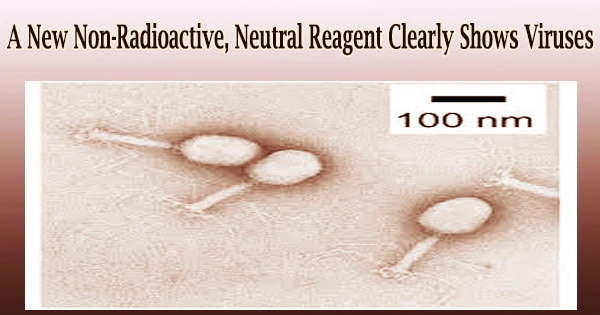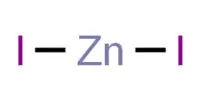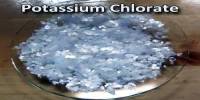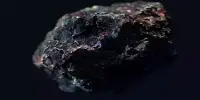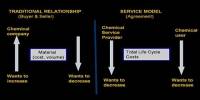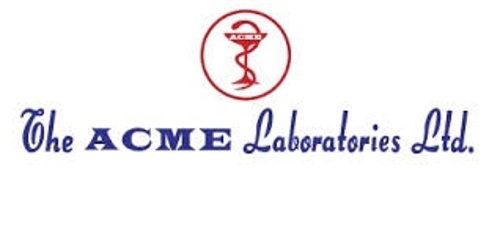By photographing viruses at the nanoscale scale, Japanese researchers illustrated the advantages of a novel non-radioactive, neutral negative staining reagent. In comparison to the commonly used reagent, uranyl acetate, the salt-presenting reagent is a structurally stable and neutral molecule with a longer shelf life and fewer procurement limitations.
For scientists, seeing is believing or the start of understanding. Transmission electron microscopy (TEM) allows scientists to see atomic-scale details by shining electrons through a sample and recording their interactions to create a picture.
However, because they are so small, these specimens must be specifically treated with heavy metals to ensure interactions. The current practice, for instance, is to saturate a virus sample with a solution containing a radioactive, strictly regulated chemical called uranyl acetate in order to detect viruses.
Masahiro Sadakane, a professor of applied chemistry at Hiroshima University’s Graduate School of Advanced Science and Engineering, claims that while the resulting images are clear, the procedure to obtain and store the necessary radioactive heavy metal solution can be a challenging hurdle for researchers.
a kind of low-energy radiation that lacks the force necessary to knock an electron (a negative particle) out of an atom or molecule. Visible, infrared, and ultraviolet light, microwaves, radio waves, and radiofrequency energy from cell phones are all examples of non-ionizing radiation.
The majority of non-ionizing radiation types have not been found to be carcinogenic. Recently, Sadakane and his team discovered that the same crystal-clear, fine-grained images could be obtained without the administrative hassle of uranyl acetate using a non-radioactive procedure.
They published their findings on May 12 in Scientific Reports.
“Observing viral morphology is essential in virology, for which TEM is the most widely used technique because it allows direct visualization at the nanometer scale, but it currently requires heavy element-containing negative staining reagents,” said Sadakane, corresponding author on the paper.
“New, non-radioactive compounds for simple, rapid and clear observations using traditional TEM are needed worldwide.”
Preyssler-type molecules also comprise tungsten, oxygen, and phosphate, but they are structurally arranged around an encapsulated positively charged ion, such as sodium or calcium. They have a different structure from the Keggin-type compounds, resulting in a much more stable molecule that is produced as a potassium salt.
Professor Masahiro Sadakane
The substance known as “Keggin-type” phosphotungstic acid is currently marketed as a substitute for radioactive uranyl acetate. One phosphate and four oxygens form the molecule’s core unit, which is closely encircled by tungsten and more oxygen.
Despite not being radioactive, Sadakane claims that the molecule needs to be neutralized before usage because it is quite acidic. Additionally, he pointed out that compared to uranyl acetate, the images it creates are less clear. Nevertheless, despite these shortcomings, the reagent is a member of a broad family of related and potentially superior chemicals.
“We have been investigating phosphotungstate compounds, and previously reported that the ‘Preyssler-type’ can be used as a negative staining reagent to observe a fine structure of bacteria,” Sadakane said.
“Preyssler-type molecules also comprise tungsten, oxygen, and phosphate, but they are structurally arranged around an encapsulated positively charged ion, such as sodium or calcium. They have a different structure from the Keggin-type compounds, resulting in a much more stable molecule that is produced as a potassium salt.”
Three different species of bacteria-infecting viruses (phages) were stained and seen by the researchers using Preyssler-type phosphotungstates. The morphological structures of these phages have already been extensively studied, and they serve as a trustworthy source to assess the sharpness of the photos produced during their research.
“Our results indicate that Preyssler-type phosphotungstates are good negative-staining reagents for virus observations,” Sadakane said. “They are easy to use, since they are not radioactive and do not need adjustment for pH levels, and they provide clear images.”
According to Sadakane, the scientists intend to build on their discoveries to create a number of non-radioactive negative-staining agents to monitor other viruses as well as minute organic particles like proteins and more.
